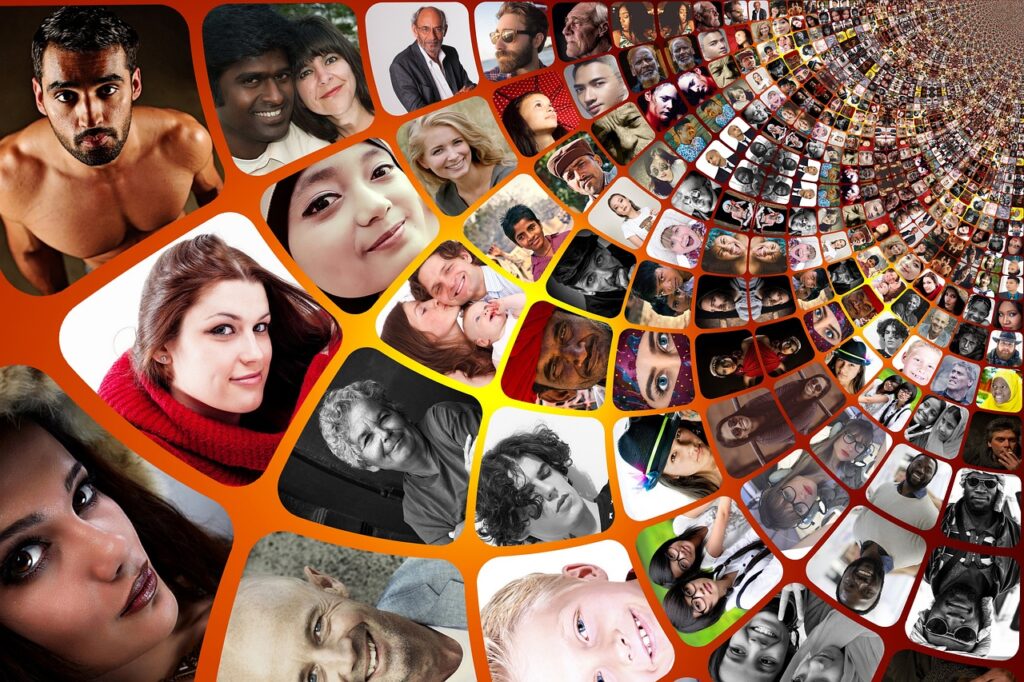In recent years, smartphones and apps have become a part of everyday life, according to a survey. The Corona pandemic has reinforced this trend.
“Digital has become the new normal,” says Xaver Wölfl, manager of Allianz Austria. The Corona pandemic has driven this development, he said. He said that fear of data misuse, surveillance, cybercrime, or digital dependencies has declined, as he worries about jobs because of digitalization.
The importance of smartphones and apps in everyday life has increased
At the same time, digital tools such as smartphones and apps have gained importance for well-being because they make everyday life much easier in many areas, according to the “Digital-Life Study 2022,” which compares current data with that from 2016 and was presented in Vienna on Wednesday. “Digital media have a very high personal value, especially among the under-30s. But the over-60s also value digital features for maintaining their contacts,” Wölfl said. Werner Beutelmeyer, CEO of the Market Institute, added: “82 percent of over-70s use smartphones.”
The smartphone as a digital tool is generally in the lead: 87 percent use it, 85 percent call it essential for their lives, and 43 percent – up from 30 percent in 2016 – it has a high value for their well-being. Other “smart” devices are also on the rise. Thirty-five percent use a smart TV device, 21 percent a smartwatch, and 13 percent use smart home devices.
Corona pandemic fuels development for everyday digital life
Corona has been a turbo for “digital life,” he said. More than half of people living in Austria (51 percent) increased their private use during the pandemic, and for 35 percent, this also happened at work. Among 16- to 19-year-olds, it has “exploded,” both at school and work (up 76 percent) and in private (up 56 percent). Almost 70 percent of respondents spend more than an hour a day online. More than one in two believe people should start using digital devices as early as elementary school.
Social media is growing particularly strongly among young people
The younger generation has largely shifted its news consumption to social media. However, social media has also increased significantly overall: WhatsApp is important or very important for 76 percent (2016: 64 percent), YouTube for 45 percent (2016: 39 percent), and Instagram for 26 percent (2016: 6 percent). Facebook is declining (33 percent versus 37 percent six years ago). The top functions of apps have established themselves as: Obtaining weather information, finding one’s way in traffic, and conducting banking transactions. By contrast, apps for planning leisure activities, making contacts, and finding a job or partner have become less critical.
Less fear of data misuse
With the entry into everyday life, the digital risks appear to be lower than before. Fear of data misuse, for example, has fallen from 68 to 54 percent, fear of third-party access to personal data from 61 to 49 percent, fear of government surveillance from 55 to 45 percent, and fear of cybercrime from 47 to 43 percent. The negative consequences of social media postings, especially shitstorms, are feared more than before.
- Source: APA/picture: Bild von fancycrave1 auf Pixabay
This post has already been read 1204 times!



